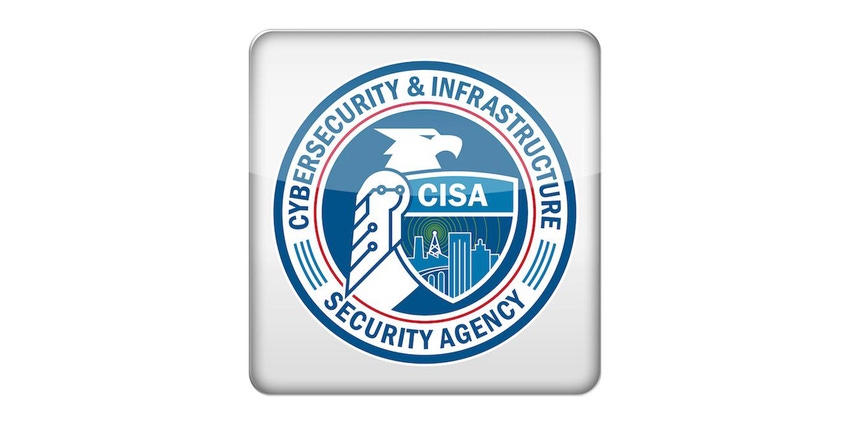CISA Wants Exposed Government Devices Remediated in 14 Days
Though government agencies have hundreds of devices exposed to the open Internet, experts wonder if CISA is moving at the right pace.
June 29, 2023

Researchers have discovered hundreds of devices running on government networks that expose remote management interfaces on the open Web. Thanks to the Cybersecurity and Infrastructure Security Agency (CISA), that will change quickly — possibly too quickly, according to some experts.
On June 13, CISA released Binding Operational Directive (BOD) 23-02, with the goal of eliminating Internet-exposed management interfaces running on edge devices in Federal Civilian Executive Branch (FCEB) agency networks. The announcement came soon after CISA's advisory about Volt Typhoon, the Chinese state-backed advanced persistent threat (APT) that leveraged Fortinet FortiGuard devices in espionage campaigns against US government entities.
To gauge how significant BOD 23-02 would be, researchers at Censys scanned the Internet for devices exposing management interfaces in federal civilian executive branch (FCEB) agencies. The scans revealed nearly 250 qualifying devices, as well as a number of other network vulnerabilities outside of the scope of BOD 23-02.
"While this level of exposure probably doesn't warrant an immediate panic, it's still worrisome, because it could be just the tip of the iceberg," says Himaja Motheram, security researcher for Censys. "It suggests that there may be deeper and more critical security issues, if this kind of basic hygiene isn't being met."
How Exposed FCEB Organizations Are
Devices qualifying under BOD 23-02 include Internet-exposed routers, switches, firewalls, VPN concentrators, proxies, load balancers, out-of-band server management interfaces, and any others "for which the management interfaces are using network protocols for remote management over public Internet," CISA explained — protocols like HTTP, FTP SMB, and others.
Censys researchers discovered hundreds of such devices, including various Cisco devices exposing Adaptive Security Device Manager interfaces, Cradlepoint router interfaces, and popular firewall products from Fortinet and SonicWall. They also found more than 15 instances of exposed remote access protocols running on FCEB-related hosts.
The search was so bountiful that they even uncovered many federal network vulnerabilities beyond the scope of BOD 23-02, including exposed file transfer tools like GoAnywhere MFT and MoveIt, exposed Barracuda email security gateways, and various instances of defunct software.
Organizations often don't know their level of exposure or don't understand the implications of exposure. Motheram emphasizes that unprotected gear was all quite simple to find. "And what was trivial for us to find is, honestly, probably even more trivial for amateur threat actors out there."
How Edge Devices Get Exposed
How is it that so many devices are exposed on otherwise highly scrutinized government networks?
Joe Head, CTO of Intrusion, points to any number of reasons, including "convenience of the administrator, lack of operational security awareness, lack of respect for adversaries, use of default or known passwords, and lack of visibility."
James Cochran, director of endpoint security at Tanium, adds that "staffing shortages can cause overworked IT teams to take shortcuts so they can make the management of the network easier."
Consider, too, the traps unique to the government that can make the problem even worse. "With little oversight and concern about potential threats, devices can get added to the network under the guise of being 'mission critical,' which absolves them from all scrutiny," Cochran laments. Agencies can also merge or expand, with gaps in their network and security integration. “Over time, the overall networks begin to resemble something out of a Mad Max movie, where random things are bolted together and you are not sure why."
Will BOD 23-02 Turn Things Around?
In its directive, CISA indicated that it will begin scanning for qualifying devices and informing the culpable agencies. Upon notification, offending agencies will have just 14 days to either disconnect these devices from the Web, or "deploy capabilities, as part of a zero-trust architecture, that enforce access control to the interface through a policy enforcement point separate from the interface itself."
That two-week period will force relevant agencies to act fast to secure their systems. But that could be difficult, Motheram acknowledges. "In theory, removing devices that are exposed from the Internet should be simple, but that's not always the reality. There can be some bureaucracy to deal with when changing access policies that add friction," she explains.
Others believe the burden is undue. "This is not a responsible timeline," Cochran says. "Since the problem is so widespread, I would expect there to be significant impacts to the identified agencies. This is the same as trying to untangle a bunch of wires by sawing through them."
Others applaud CISA's no-nonsense approach. "It is hard to come up with a timeline to stop doing what should have never been done," Head says, arguing that 14 days may be too long to wait. "Five minutes would be more advisable as managers task the corrective network changes. It has been standard practice not to expose management interfaces to the public Internet for years, so making it mandatory is prudent and reasonable."
About the Author(s)
You May Also Like
Beyond Spam Filters and Firewalls: Preventing Business Email Compromises in the Modern Enterprise
April 30, 2024Key Findings from the State of AppSec Report 2024
May 7, 2024Is AI Identifying Threats to Your Network?
May 14, 2024Where and Why Threat Intelligence Makes Sense for Your Enterprise Security Strategy
May 15, 2024Safeguarding Political Campaigns: Defending Against Mass Phishing Attacks
May 16, 2024
Black Hat USA - August 3-8 - Learn More
August 3, 2024Cybersecurity's Hottest New Technologies: What You Need To Know
March 21, 2024
.jpg?width=100&auto=webp&quality=80&disable=upscale)
.jpg?width=400&auto=webp&quality=80&disable=upscale)


